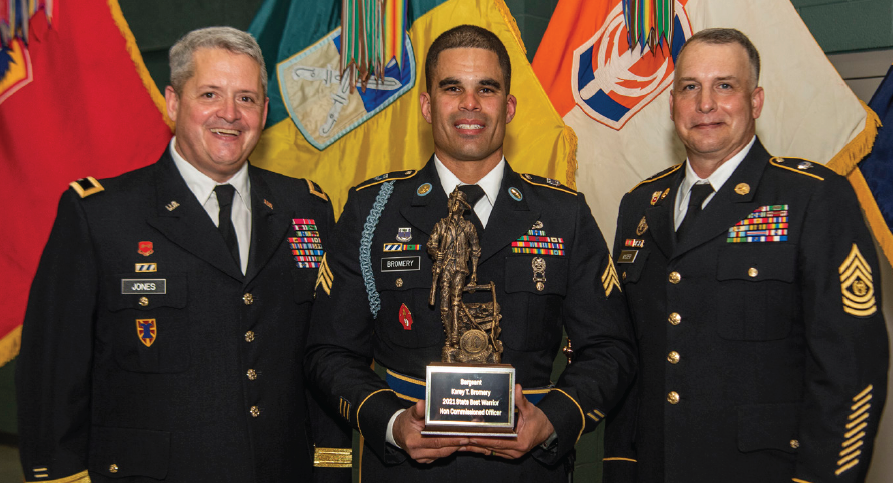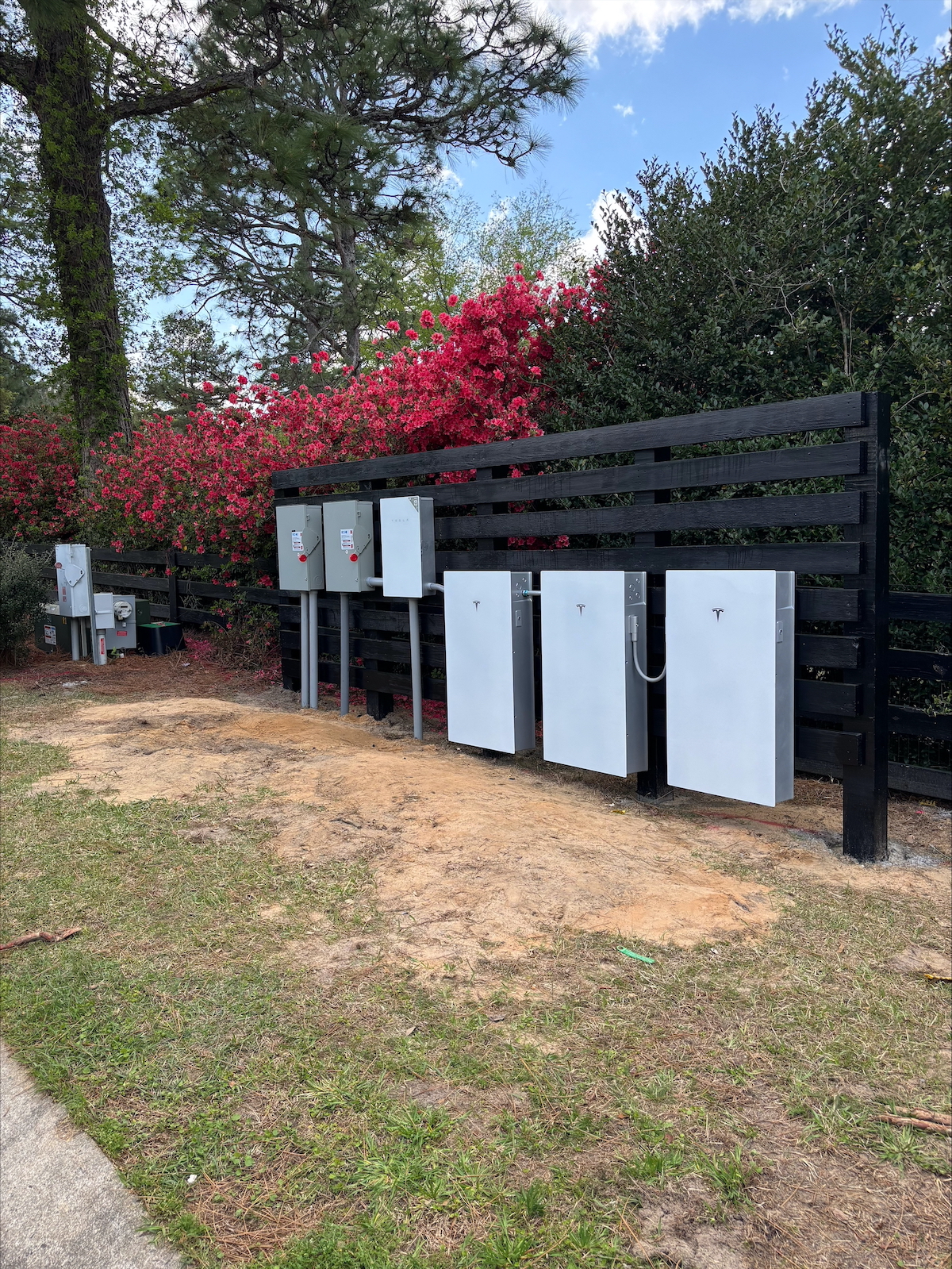By Larry Dandridge
1. When can a Police Officer Use Deadly Force? A Police Officer cannot legally use deadly force unless he or she believes the officer or another person is in imminent danger of being KILLED or SERIOUSLY injured. Police officers can use deadly force, when retreat or other levels of force are not available, reliable, or safe to use, to prevent a person from seriously injuring or killing others.
In the 1980s, a pair of Supreme Court decisions Tennessee v. Garner and Graham v. Connor — set up a framework for determining when deadly force by cops is reasonable. In a landmark decision, the Court in 1985, ruled 6-3 that shooting fleeing suspects who are not an imminent threat violates the fleeing person’s constitutional rights. They said officers can use lethal force to stop a fleeing felon only if they have reasonable grounds to think the suspect is a danger to police or bystanders. And they added that officers should, if possible, shout out a warning before firing.
2. When can Fleeing Felons be Shot? Years ago, officers were often authorized, by state law, to shoot a fleeing felon to keep the suspect from evading arrest, even when the individual clearly posed no threat. Since 1985, except in the most unusual and emergency situations, a police officer cannot use deadly force on a fleeing felon. Examples of when a police officer could shoot a fleeing felon would include such extremely rare circumstances as:
A terrorist who is a great threat to society who is carrying a deadly weapon and has just used them or is about to use them and may get away.
An active shooter of school children or others who is going to escape and perhaps continue killing.
Law enforcement officers can expect to be questioned, investigated, and sued anytime they use force — even when the force is justified. They also expect to be disciplined, retrained, and even fired if they unjustifiably use force. They may also be charged with a crime, especially if deadly force has been unjustifiably used.
3. How does a COP decide on what force to use? Officers are taught to use a continuum of levels-of-force. Officers are trained to use as little force as possible and to use, whenever necessary, one force level above the force being used by a perpetrator. Levels-of-Force include: officer presence, voice directions, soft-hand techniques like wrist locks, hard-hand methods like strikes and take downs, non-lethal taser, pepper spray, non-deadly baton strikes, disengagement, and fire arms and strikes to lethal areas. The exact order of levels of force continuum may vary from state-to-state but deadly force is always the last resort.
The U.S. Department of Justice’s National Institute of Justice (NIJ) says the use of force by law officers becomes necessary and is permitted under specific circumstances, such as in self-defense or in defense of another. There is no universally agreed-upon definition of use of force.
The International Association of Chiefs of Police has described use of force as the “amount of effort required by police to compel compliance by an unwilling subject”. Officers receive guidance from their individual agencies.
No police officer uses deadly force to kill anyone. They use deadly force to stop that person from killing or seriously injuring the officer or another person. Police officers should not use force if it can be safely avoided.
4. Do Life and Death Decisions really have to be frequently made quickly? A level of force decision must frequently be made in less than a second and is made more difficult when officers are not adequately screened, trained, and supervised, under stress, fatigued, out of shape, and in low visibility conditions.
According to NIJ, no two situations are the same, nor are any two officers. In a threatening situation, an officer will quickly tailor a response and, if necessary, apply force. Situational awareness is essential, and officers are trained to judge when a crisis requires the use of force. In most cases, time becomes the key variable in determining when to use force.
There is no doubt that everyone needs to understand the history and problems that minorities, poor people, immigrants, veterans, mentally ill people, and police officers face. It is equally important to know what the basic laws and rules are. There is a major effort underway by police departments and other law enforcement agencies to safely and further limit the use of force by officers and to educate the public on how they can help prevent the need for officers to use force.
Larry Dandridge is an honors graduate of three police academies and a DoD Counter Terrorism course graduate. He served as a police officer and deputy sheriff in AL and MO. He has also worked as a consultant with the Federal Law Enforcement Training Center in GA and SC, and the Military Police and Customs operations in TX. An accomplished writer and motivational speaker, the owner of TVV Publishing, a retired Army Test Pilot, the author of the award-winning BLADES OF THUNDER (book One), a retired Aerospace Industry Region Manager, a past University Business, Writing, and Aeronautics Instructor, and volunteer Patient Adviser at the RHJ VA Medical Center, he writes two columns, as a free-lance writer, for the ISLAND NEWS, the Veterans Benefits Column and the What Citizens Should Know About Policing Column. You can contact Larry at his email, LDandridge@earthlink.net.








